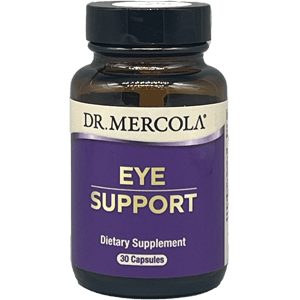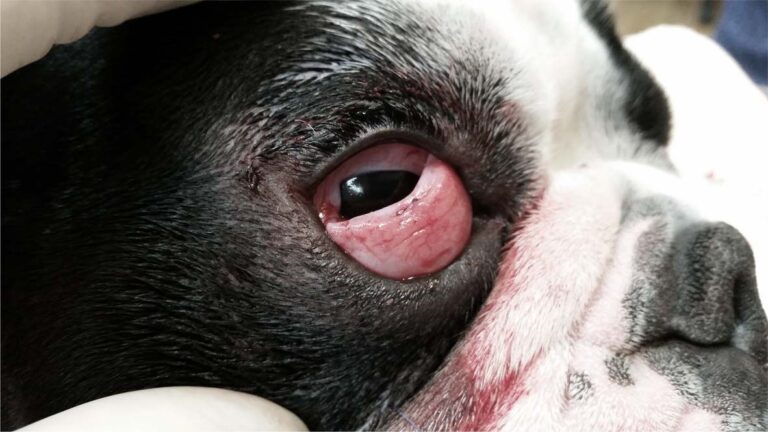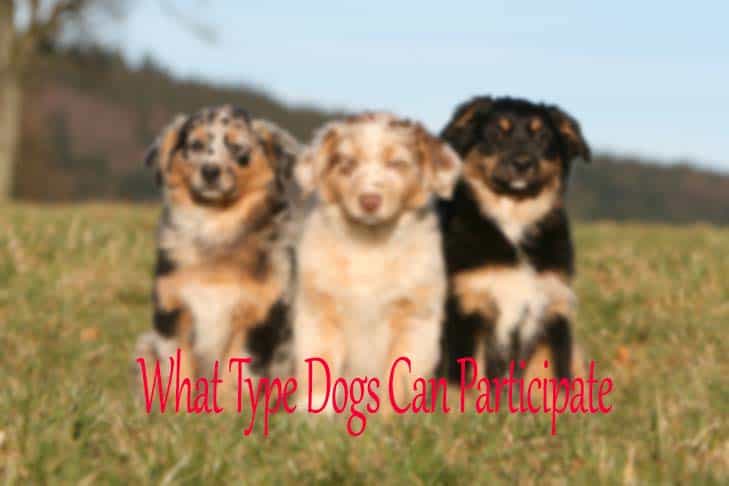Unveiling the Mystery: Dog Third Eyelid Showing Treatment Guide dives into a common concern among dog owners – the visibility of their pet’s third eyelid. This article is a comprehensive resource for understanding and addressing this issue effectively. From exploring the reasons behind why a dog’s third eyelid may become visible to providing insights into the treatment options available, this guide aims to equip pet owners with the knowledge they need to care for their furry companions.
Whether it’s a temporary irritation or a sign of a more serious underlying condition, knowing how to recognize and treat dog third eyelid showing is crucial for maintaining your dog’s ocular health. Join us as we unravel the secrets of this phenomenon and learn the best practices for keeping your dog’s eyes healthy and happy.
Understanding the Dog’s Third Eyelid
Dogs have a third eyelid called the nictitating membrane, which serves to protect their eyes. When this third eyelid is showing, it can be an indication of various health issues that require attention.
Causes of Dog Third Eyelid Showing
The visibility of the dog’s third eyelid can be due to dehydration, eye irritation, allergies, or underlying medical conditions. It is essential to identify the underlying cause to provide appropriate treatment.
Some common reasons for the third eyelid to show include infections, inflammation, or eye injuries.
Treatment for Dog Third Eyelid Showing
If you notice your dog’s third eyelid showing, it is recommended to consult a veterinarian promptly for a proper diagnosis. Treatment may involve addressing the underlying cause, such as prescribing eye drops or medication.
- Ensure your dog stays hydrated.
- Keep their eyes clean and free from debris.
- Follow the veterinarian’s instructions for any prescribed treatment.

Causes of Dog’s Third Eyelid Showing
When a dog’s third eyelid is showing, it can be indicative of various underlying issues. One common cause is a condition known as Cherry Eye, where the gland of the third eyelid prolapses and becomes visible. This can result in irritation and discomfort for the dog and may require surgical intervention for correction.
Conjunctivitis
Conjunctivitis, or pink eye, is another common cause of a visible third eyelid in dogs. This condition is characterized by inflammation of the conjunctiva, the thin membrane covering the inner surface of the eyelids and the white part of the eye. It can be caused by infections, allergies, or irritants.
Conjunctivitis can lead to excessive tearing, redness, and a noticeable protrusion of the third eyelid. Treatment typically involves identifying and addressing the underlying cause, which may include topical ointments, eye drops, or oral medications.
Eye Trauma
Eye trauma, such as scratches or foreign objects in the eye, can also cause the third eyelid to become visible. Injuries to the eye can result in swelling, inflammation, and pain, prompting the third eyelid to protrude as a protective mechanism.
If your dog has experienced eye trauma, it is essential to seek immediate veterinary care to prevent further complications and ensure proper healing. Treatment may involve removing the foreign object, administering medication, or in severe cases, surgery.

Diagnosing the Issue
When a dog’s third eyelid is showing, it could indicate a variety of underlying health issues. It is crucial to identify the root cause correctly for effective treatment. To diagnose the problem accurately, a thorough examination by a qualified veterinarian is essential.
Physical Examination
The first step in diagnosing the issue is a physical examination. The vet will carefully inspect the dog’s eyes, including the third eyelid, to assess any abnormalities or signs of inflammation. The veterinarian may also check for other symptoms such as redness, discharge, or changes in eye color.
Diagnostic Tests
If the physical examination does not provide a definitive diagnosis, the veterinarian may recommend additional diagnostic tests. These tests may include eye pressure measurement, tear production tests, and possibly blood work to rule out systemic diseases that could be affecting the eyes.

Treatment Options for Dog’s Third Eyelid Showing
When your dog’s third eyelid is showing, it can be a sign of an underlying health issue that needs prompt attention. Here are some treatment options to address this condition:
Visit a Veterinarian
Schedule a veterinary appointment as soon as you notice your dog’s third eyelid showing. A professional examination will help determine the underlying cause and the appropriate treatment plan. Early intervention is crucial.
Medication and Eye Drops
Your vet may prescribe medication or eye drops to treat infections or inflammation causing the third eyelid to become visible. Follow the prescribed dosage and application instructions carefully for effective results.
Surgery
If the issue is due to a more severe condition like cherry eye or a prolapsed gland of the third eyelid, your vet may recommend surgical intervention. The surgery aims to reposition the gland or address any structural abnormalities causing the third eyelid to protrude.
Dietary Changes
Providing a balanced diet rich in essential nutrients can help support your dog’s overall eye health. Consult your vet for recommendations on a diet that promotes eye wellness to prevent conditions that may lead to the third eyelid showing.
Home Care Tips for Managing the Condition
When dealing with **dog third eyelid showing treatment**, it’s essential to also focus on home care tips to improve your furry friend’s condition. Here are some key tips to help manage the situation effectively:
Regular Eye Cleaning
**Keep your dog’s eyes clean** by gently wiping them with a damp cloth. This helps prevent any debris from causing irritation or infections. Ensure to use only **vet-approved eye cleaning solutions** to avoid any adverse reactions.
Diet and Supplements
**Provide a balanced diet** rich in essential nutrients and consider adding **omega-3 fatty acid supplements** to promote eye health. Consult with your vet to determine the best diet plan for your dog’s specific needs.
Regular Vet Check-ups
Schedule **regular visits to the veterinarian** for comprehensive eye exams and to monitor your dog’s overall health. Early detection of any eye issues can help in **prompt treatment** and better management.
Frequently Asked Questions
- What does it mean when a dog’s third eyelid is showing?
- When a dog’s third eyelid is showing, it could indicate various underlying health issues such as eye infections, injuries, or sickness. It is essential to consult a veterinarian for a proper diagnosis.
- How can I treat my dog’s third eyelid showing?
- The treatment for a dog’s third eyelid showing depends on the underlying cause. It is recommended to seek guidance from a veterinarian who can accurately diagnose the issue and prescribe the appropriate treatment.
- Can dog third eyelid showing be a sign of something serious?
- Yes, a dog’s third eyelid showing can be a sign of something serious such as glaucoma, cherry eye, or other eye conditions. Immediate veterinary attention is advised if you notice this symptom.
- Are all dog breeds prone to displaying the third eyelid?
- While all dogs have a third eyelid, certain breeds may be more prone to it being visible due to their eye structure. It is advisable to monitor your dog’s eye health regularly regardless of the breed.
Final Thoughts: Unraveling Effective Dog Third Eyelid Showing Treatment Strategies
In conclusion, addressing the occurrence of a dog’s third eyelid showing is crucial for maintaining your pet’s ocular health and overall well-being. By understanding the common causes such as illness, injury, or irritation, pet owners can promptly seek veterinary guidance to determine the underlying issue and initiate appropriate treatment. Whether it requires medical intervention, such as treating an infection or injury, or simple home remedies like keeping the eye clean, early detection and intervention are key.
Remember, observing changes in your dog’s eyes and seeking professional help promptly can prevent potential complications and ensure a speedy recovery. Stay vigilant, provide the necessary care, and always prioritize your furry friend’s health.



